
History & Stories Behind Diamond Shapes
Diamonds come in a multitude of shapes. By "shape" we mean the appearance of the diamond when viewed from above. These shapes did not pop out of the blue; they developed over time, sometimes as a response to one another. The following article briefly discusses the history of diamond shapes you will likely find here in Diana Rafael.
Asscher Cut Diamonds.
Asscher cut diamonds were created by the Asscher Diamond Company (now known as the Royal Asscher Diamond Company) at the beginning of the 20th century, but these diamonds didn’t become popular until the 1920s. Consequently, Asscher cut diamonds are associated with Art Deco, for which the period is remembered. Asscher cut diamonds can sometimes be confused with emerald cut diamonds because of their similarity in shape; however, whereas both diamonds are octagonal, Asscher diamonds are more squarish in proportion, while emerald diamonds are more rectangular. Furthermore, the step facets of Asscher diamonds are larger, and their tables are smaller compared to those found on Emerald cut diamonds.
Heart-shaped Diamonds.
Heart-shaped diamonds have historically belonged to the famous and wealthy, and rightly so. The skill and labor needed to produce such a unique shape understandably drive up the item’s price. Owners of heart-shaped diamonds include historical figures like Elizabeth I of England and Cardinal Richelieu of France, as well as modern-day celebrities like Liz Taylor, Lady Gaga, and Nicki Minaj.
Marquise Cut Diamonds.
Marquise cut diamonds have a remarkable history. In the 18th century, Louis XV of France hired a jeweler to cut a diamond so that it resembled the shape of the lips of the king’s mistress, Jean Antoinette Poisson, more commonly known as Madame de Pompadour. Although the diamond traces its origins to the shape of a woman’s lips, it is also known for resembling other things. For this reason, marquise cut diamonds are at times described as football-shaped, eye-shaped, or boat-shaped (hence, its other nickname, “navette”, which is French for “little boat”).
Oval Cut Diamonds.
Although oval cut diamonds have been around for centuries, modern oval cut diamonds didn’t come along until the middle of the 20th century. In 1957, a brilliant Russian diamond cutter named Lazare Kaplan produced the first modern oval cut diamond. The achievement was of such magnitude that Kaplan was given a spot in the Jeweler’s International Hall of Fame.
Princess Cut Diamonds.
The term “Princess Cut” was initially used in 1961. In that year, Arpad Nagy, a diamond cutter in London, developed what he called the “Profile Cut”; however, he also often referred to this same cutting technique as the “Princess Cut”. Diamond cutters Ygal Perlman, Betzalel Ambar, and Israel Itzkowitz later popularized the term, and in 1979, Itzkowitz developed the modern-day Princess Cut diamond. As seen from above, princess cut diamonds appear square, but rectangular variants are also available.
Radiant Cut Diamonds.
Radiant cut diamonds were developed by Henry Grossbard in 1977. In developing the radiant cut, Grossbard sought to combine the best qualities of the emerald cut and the round brilliant cut. Grossbard wanted square-shaped diamonds to be able to radiate the same degree of brilliance as round diamonds.
Round Brilliant Cut Diamonds.
People have been cutting diamonds into round shapes for a very long time; however, technological limitations prevented these efforts from yielding properly circular shapes. Things changed in the 19th century when the diamond bruting machine was invented. Then, at the turn of the 20th century, Marcel Tolkowsky, a Belgian gemologist, engineer, and mathematician, published his thesis entitled “Diamond Design”, in which he articulated the equations to produce the “ideal cut” of round diamonds. These equations have since been improved and are still in use today. For this reason, Tolkowsky is considered the father of round brilliant cut diamonds.

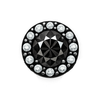
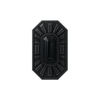



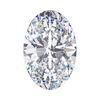
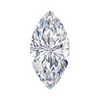
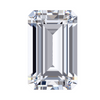
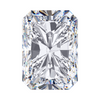
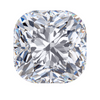


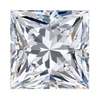
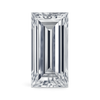
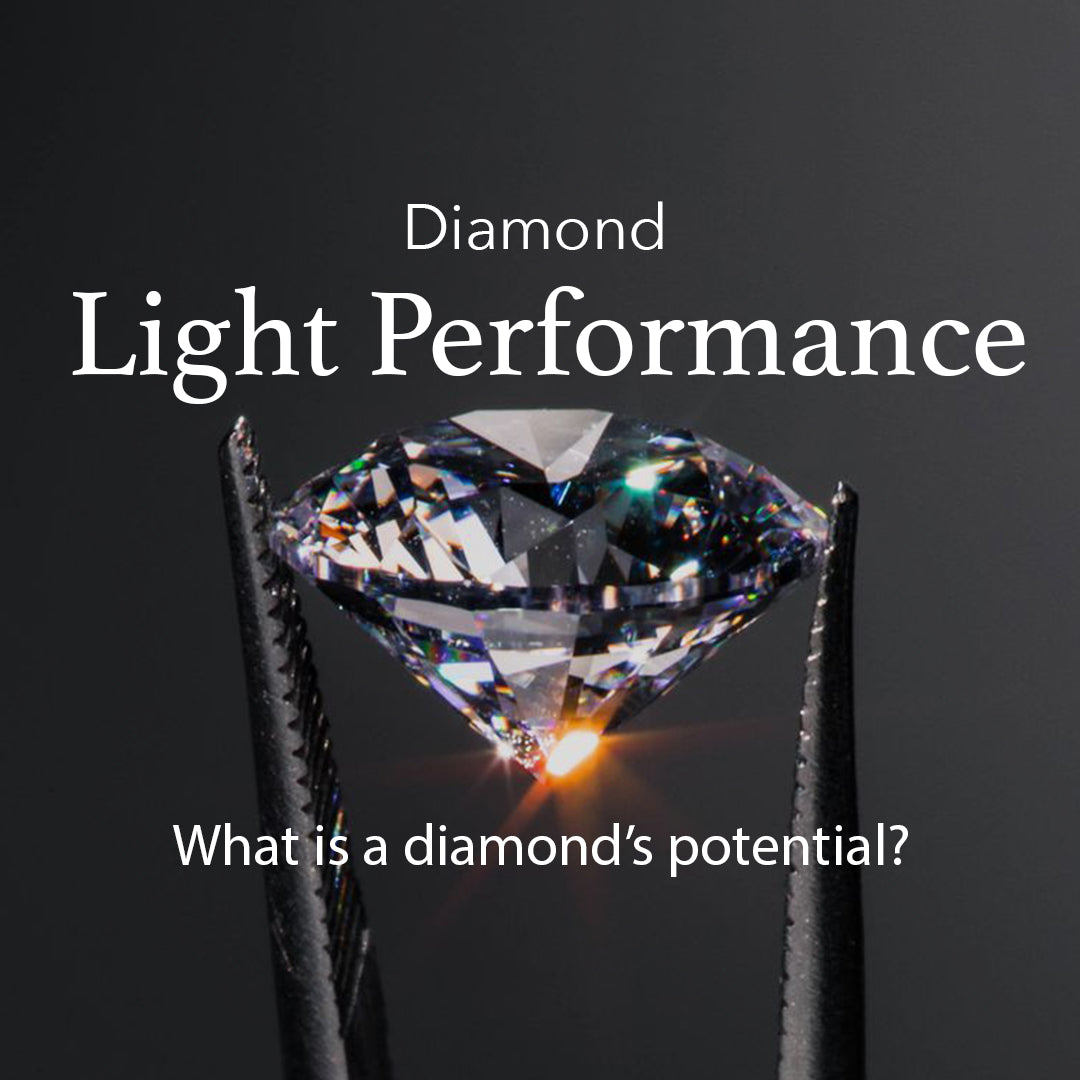

Leave a comment
This site is protected by hCaptcha and the hCaptcha Privacy Policy and Terms of Service apply.